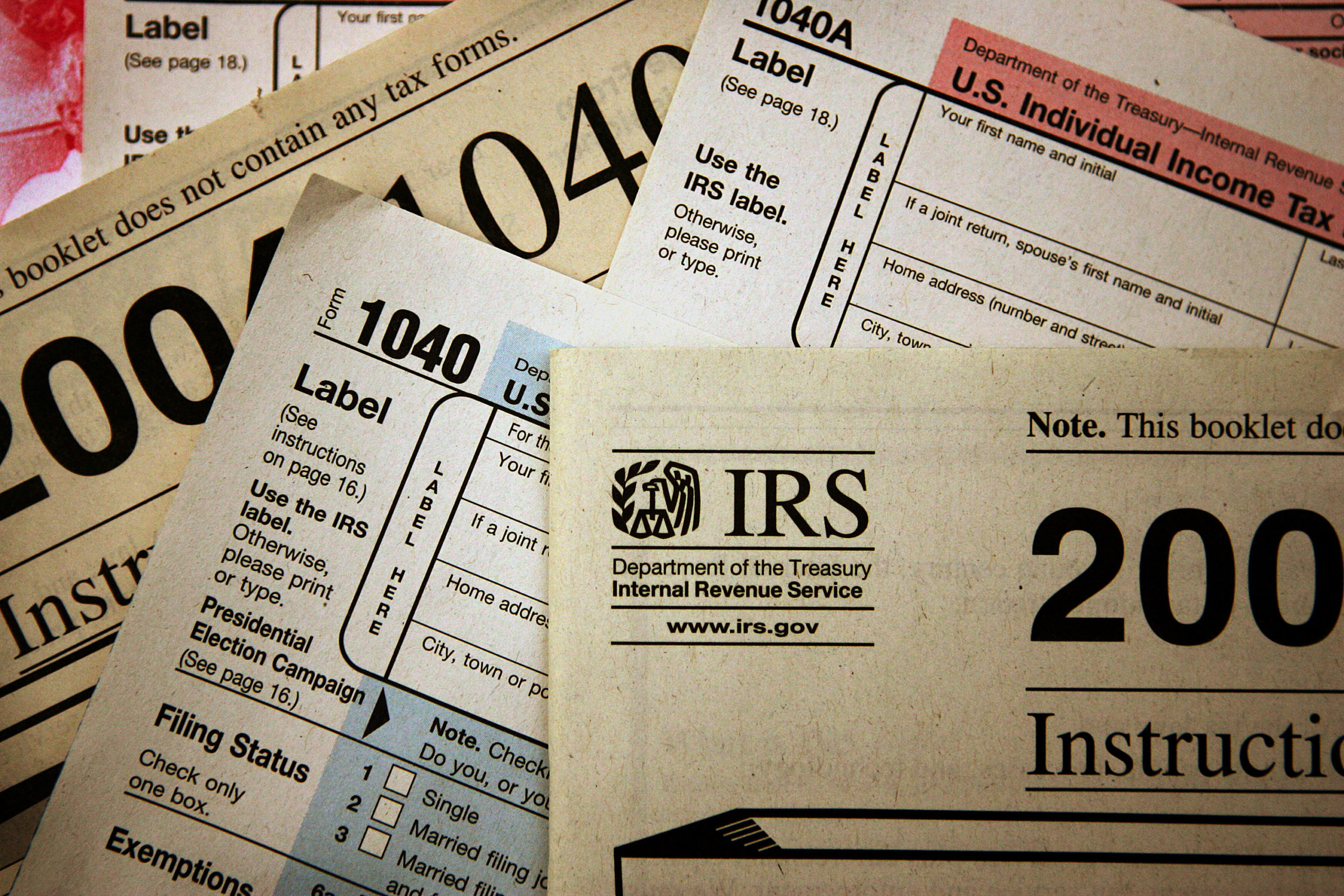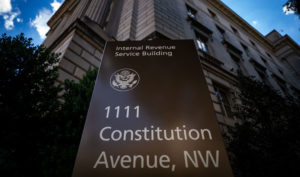
The Internal Revenue Service suffers from pandemic delays, staffing shortages, and high expectations.
Although the Internal Revenue Service (IRS) has only recently kicked off this year’s tax filing season, the agency still faces a backlog of millions of returns from last year.
In fact, “the service is in the roughest shape it’s been in in 50 years,” according to Mark Everson, a former IRS commissioner. Even current IRS Commissioner Chuck Rettig added that the agency is understaffed, underfunded, and has more work than it can handle. The IRS reportedly entered 2022 with 8 million unprocessed individual returns, another 1.5 million unprocessed business returns, and 5 million other letters and pieces of taxpayer correspondence.
What caused the pile-up?
Problems began in March 2020 when IRS mail processing centers closed in response to the COVID-19 pandemic. Although the mail facilities reopened three months later in July 2020, the operational interruption put the IRS in a paperwork hole.
Then, as the IRS worked to catch up on the paperwork logjam, the U.S. Congress assigned the agency a heavier workload: three rounds of direct relief payments to distribute, and an expanded 2021 Child Tax Credit for millions of families.
Structured as advances on tax credits, approximately 170 million U.S. residents received economic impact payments, and the IRS worked to distribute the first round of payments as quickly as possible. Commissioner Rettig reportedly said that much of the agency’s information technology staff worked 16-hour days to build a necessary online portal and implement the stimulus payment program.
Congress also temporarily expanded the child tax credit for the 2021 tax year, providing families as much as $3,600 per child—up from $2,000. Similar to the economic impact payments, and in the interest of getting financial help out quickly, Congress ordered the U.S. Department of the Treasury and the IRS to start paying half of the credit in advance. From July to December 2021, the Treasury Department and IRS distributed nearly $100 billion to U.S. families.
The increased IRS workload—through the economic impact payments and the child tax credit expansion—has coincided with declines in the agency’s budget and workforce.
Since 2010, Congress has reduced the IRS budget by 20 percent, and the agency’s workforce has shrunk by 17 percent. Today, for example, the IRS has fewer auditors than at any point since World War II.
In a recent annual report to Congress, Erin M. Collins, the head of an independent organization within the IRS known as the Taxpayer Advocate Service, wrote that the “imbalance between the IRS’s workload and its resources has never been greater.”
Collins, whose organization focuses on taxpayer rights, credited the IRS for “playing the hand it was dealt.” But she continued to say that “there is no way to sugarcoat the year 2021 in tax administration: From the perspective of tens of millions of taxpayers, it was horrendous.”
Moreover, Collins’s report detailed other processing and customer service problems beyond the paperwork backlog.
Questions surrounding the new direct payment programs caused IRS call volumes to triple in 2021 to 282 million telephone calls from taxpayers and tax professionals. The IRS only answered approximately 11 percent of those calls, each of which averaged a hold time of 23 minutes—the IRS lacks “customer callback” technology, one of Collins’s many recommendations for the agency.
The IRS also operates a crumbling electronic infrastructure. The agency’s computers are the oldest major technical system in the federal government, and the system lacks significant scanning capability. Last year, more than 35 million tax returns required manual review that needed to be performed by non-teleworking employees in an IRS facility.
Furthermore, according to a recent report by the U.S. Government Accountability Office, the government oversight arm of Congress, efforts to modernize the IRS’s 60-year-old tax processing system are now delayed to 2030.
Both the IRS and the Biden Administration, however, have taken steps to alleviate taxpayer delays. The IRS temporarily reassigned nearly 1,200 workers to work through the paperwork backlog.
“This is an all-hands-on-deck situation to help people as quickly as possible and reduce the stress on employees who have been and continue to face unprecedented levels of inventory to be worked,” Commissioner Rettig wrote to employees.
In response to agency hardships, the Biden Administration asked Congress for additional funding to enable the IRS to increase staff and upgrade its technology. In fact, the recently signed Consolidated Appropriations Act will help the IRS hire 10,000 new employees.
Nevertheless, IRS operations have not returned to pre-pandemic levels. “Paper is the IRS’s kryptonite, and the agency is still buried in it,” Collins wrote in a statement accompanying her report to Congress.
Despite the IRS’s backlog, the due date for taxpayers to file their 2021 tax returns remains April 18, 2022. The IRS’s advice to taxpayers this year includes filing electronically, choosing direct deposit, and using online resources before calling.
“We remain confident the IRS will continue to deliver for our country, just as we have during other times of national urgency,” Commissioner Rettig said.



